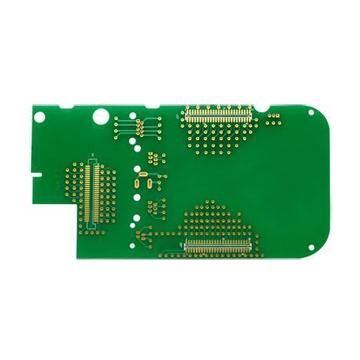1. Pinhole
The pinhole is due to the adsorption of hydrogen gas on the surface of the plated parts, which will not be released for a long time. The plating solution cannot wet the surface of the plated parts, so that the electrolytic plating layer cannot be electrolytically analyzed. As the thickness of the coating increases in the area around the hydrogen evolution point, a pinhole is formed at the hydrogen evolution point. Characterized by a shiny round hole and sometimes a small upturned tail. When there is a lack of wetting agent in the plating solution and the current density is high, pinholes are easy to form.
2. Pitting
Pockmarks are due to the surface being plated is not clean, there are solid substances adsorbed, or solid substances are suspended in the plating solution. When they reach the surface of the workpiece under the action of an electric field, they are adsorbed on it, which affects the electrolysis. These solid substances are embedded in the In the electroplating layer, small bumps (dumps) are formed. The characteristic is that it is convex, there is no shining phenomenon, and there is no fixed shape. In short, it is caused by dirty workpiece and dirty plating solution.
3. Airflow stripes
Airflow streaks are due to excessive additives or high cathode current density or complexing agent, which reduces the cathode current efficiency and results in a large amount of hydrogen evolution. If the plating solution flowed slowly and the cathode moved slowly, the hydrogen gas would affect the arrangement of the electrolytic crystals during the process of rising against the surface of the workpiece, forming airflow stripes from bottom to top.
4. Mask plating (exposed bottom)
Mask plating is due to the fact that the soft flash at the pin position on the surface of the workpiece has not been removed, and the electrolytic deposition coating cannot be performed here. The base material can be seen after electroplating, so it is called exposed bottom (because the soft flash is a translucent or transparent resin component).
5. Coating brittleness
After SMD electroplating and cutting and forming, it can be seen that there is cracking at the bend of the pin. When there is a crack between the nickel layer and the substrate, it is judged that the nickel layer is brittle. When there is a crack between the tin layer and the nickel layer, it is determined that the tin layer is brittle. Most of the causes of brittleness are additives, excessive brighteners, or too many inorganic and organic impurities in the plating solution.
